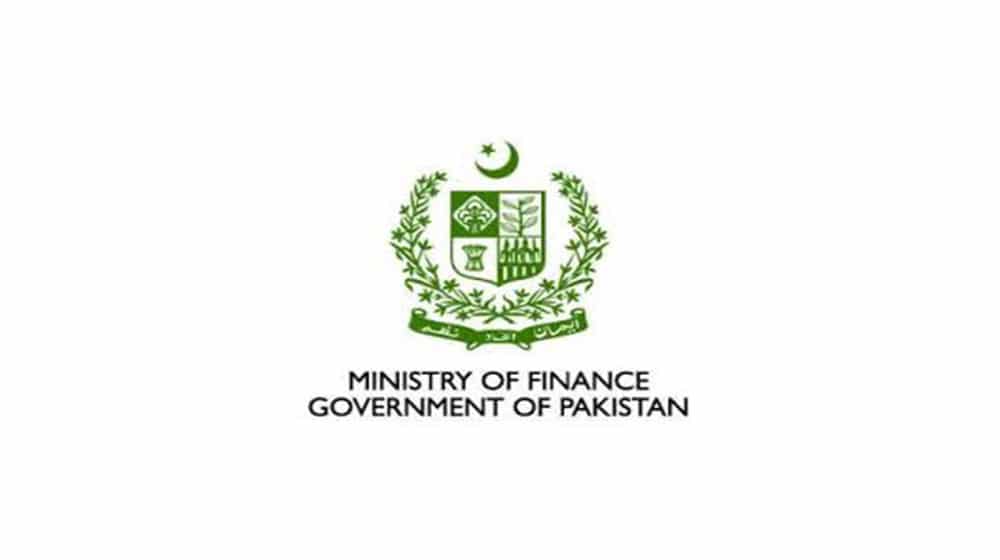Inflationary and external sector risks are building macroeconomic imbalances in the country despite the observance of sluggish growth since February, and the growth in economic activity has fluctuated around four percent for the last two months, according to the Monthly Economic Update & Outlook issued by the Ministry of Finance.
Moreover, economic activity in Pakistan’s main trading partners continues to remain slightly above the trend. Some slowdown has been observed due to geopolitical uncertainty and a surge in commodity prices. If these tensions continue, Pakistan’s growth may be affected as well.
The production of the all-important Kharif crops in Pakistan is encouraging. Cotton production increased by 17.7 percent to 8.3 million bales while rice production increased by 10.7 percent to reach 9.3 million tonnes, sugarcane production grew by 9.6 percent to 88.8 million tonnes, and maize production went up by 8.6 percent to yield 9.7 million tonnes.
LSM grew by 7.8 percent between July and February of FY 2022 compared to 2.2 percent during the same period last year.
Due to export-oriented policies, the exports of goods and services are expected to continue their upward trend through April. Imports are expected to remain at a level in line with domestic economic activity and international commodity prices. Resultantly, the trade deficit is expected to remain around $3.0 billion in April. Remittances are expected to remain high compared to the previous months due to Eid. Accordingly, the current account will stay around $1.0 billion in April, and the Federal Board of Revenue (FBR) exceeded its revenue target by 5.8 percent in the first nine months of the current fiscal year.
Despite a massive tax relief on various essential items for the common man, the FBR has been able to achieve a sizeable portion of its annual target. Similarly, various policy and operational measures have been initiated to maximize revenue. There is potential through digitization, transparency, and taxpayer facilitation, and all these efforts have ensured the ease of doing business and have translated into healthy and steady revenue growth.
Geopolitical tensions and persistent high domestic inflation may affect domestic economic activity. High inflation accompanied by monetary policy reaction may temporarily reduce growth prospects in the short run, but economic growth and employment are determined by the path of Pakistan’s productive capacity in the long run. This requires more productive investments from both foreign and domestic sources.
The Russia-Ukraine war has been affecting the global economy through three channels. First, higher commodity prices are deteriorating real income. Second, their neighboring countries are grappling with disrupted trade and the refugee influx. Third, higher investors’ uncertainty is reducing business confidence. Consequently, these channels are driving international commodity prices up while having reduced global output growth by 0.8 percentage points in 2022.
Energy and non-energy prices both increased by 24.1 and 8.1 percent, respectively, in March. Among the key sub-groups, agriculture commodities jumped by 7.2 percent, fertilizers by 20.7 percent, metals and minerals by 7.7 percent, and precious metals by 5.3 percent. The fiscal deficit in July-March FY2022 was recorded at 4.0 percent of the GDP. The primary balance posted a deficit of Rs. 447.2 billion.
Money supply (M2) grew by 2.7 percent (Rs. 665.5 billion) between 1 July and 1 April FY2022 as compared to the growth of 6.7 percent (Rs. 1,439.5 billion) last year. During July-March FY 2022, the current account deficit was recorded at $13.2 billion.





















